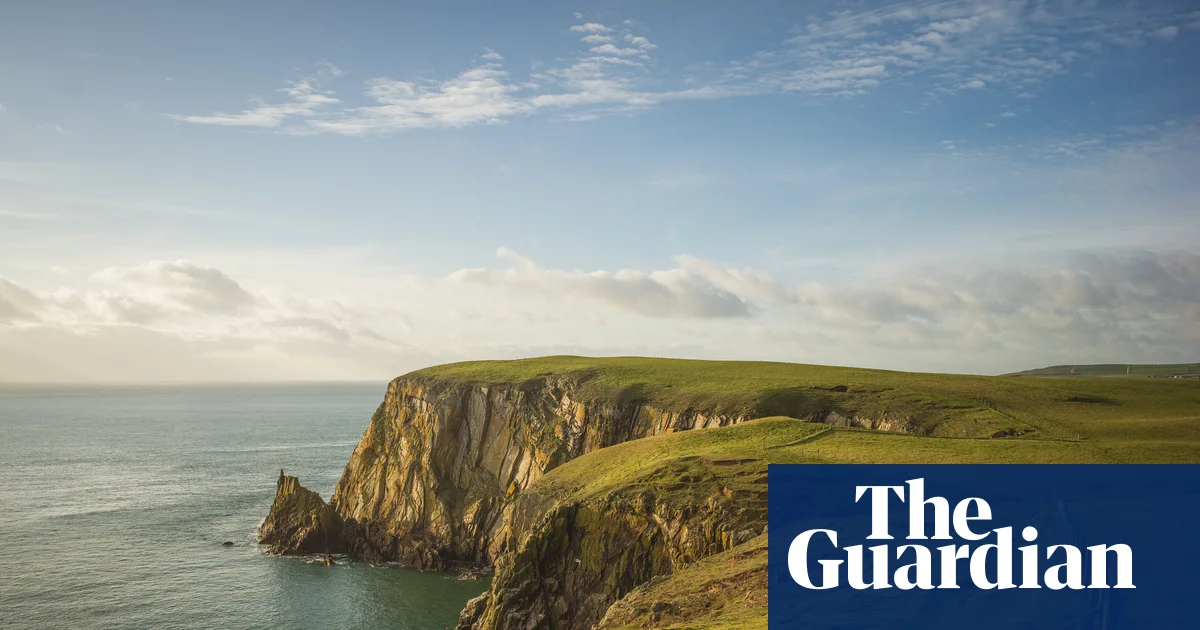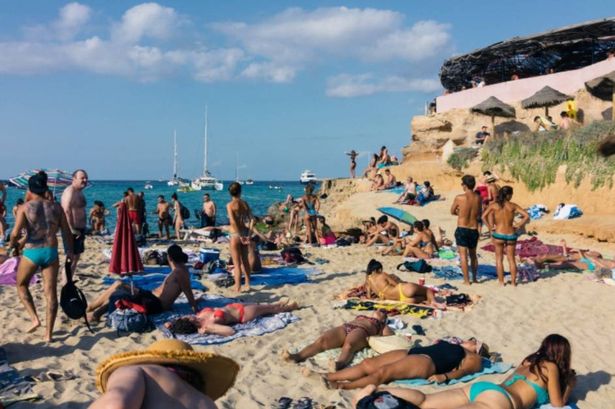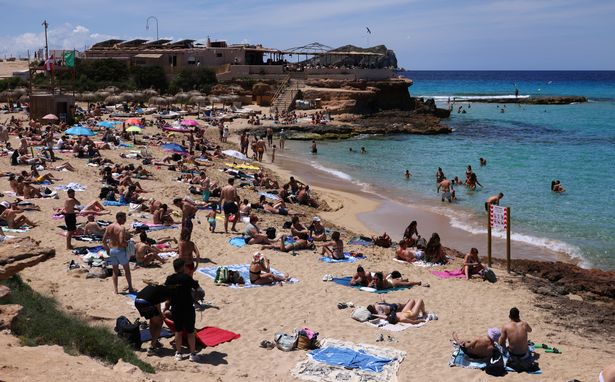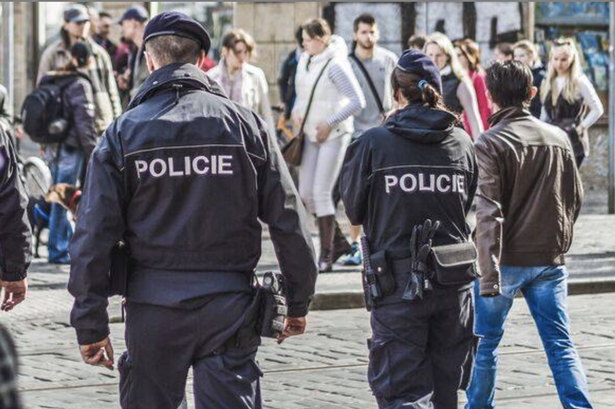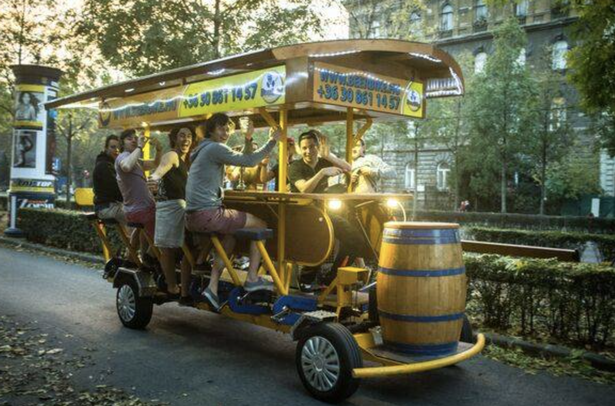The National Police is getting serious about unruly behaviour on the islands best known for debauchery, heavy drinking and drug taking
Hundreds of extra police officers have been sent in to deal with unruly partygoers on five Spanish island resorts.
The National Police is getting serious about unruly behaviour on islands best known for debauchery, heavy drinking and drug taking. The force bolstered its ranks in the Balearics by 4.33%, on top of reinforcement of around 300 officers as part of the special Operation Summer measures.
A further 163 officers will be transferred to other locations in response to the Balearic Police Headquarters’ commitment to improve public safety during the peak tourist season. Palma, Ibiza, Maó, Ciutadella, and Manacor will all see their ranks bolstered by extra officers, Majorca Daily Bulletin reported.
This year’s reinforcement represents a significant increase compared to 2024, especially in terms of new recruits. A total of 130 trainee police officers are being sent in across the island, tasked with patrolling the sunshine islands and guarding the borders.
READ MORE: Spain launches new nationwide register – exactly what it means for Brit touristsREAD MORE: ‘We visited Barcelona on holiday but were considering leaving after an hour’
The special Operation Summer officers, some of whom are sent out with dog units, are brought in to control the swollen population of the Balearic Islands during the holiday seasons.
Islands such as Palma and Ibiza are huge draws for party people from across the world. As much as this serves as a massive boost to the local economies and has cemented their reputations as the centre of worldwide nightclub culture, locals are growing increasingly tired of criminality linked to an industry so closely connected to the drug trade.
The boosted police ranks will also help enforce a series of anti-social behaviour-related laws that have been legislated in recent years in a bid to control the impact of holidaymakers.
In May 2024, the government of the Balearic Islands banned on-street drinking and the sale of alcohol in supermarkets between 9:30pm and 8am in party hotspots including including San Antonio in Ibiza, and Playa de Palma and Magaluf in Majorca. Potential fines for those caught breaking these rules have risen from between €500 and €1,500 (£430 – £1290) to as much as €3,100 (£2,580).
READ MORE: Terrifying moment plane is ‘tossed around like a toy’ on runway by strong windsREAD MORE: Brits ignore red alert heatwave warning with huge rush on last-minute sunshine breaks
The bolstering of the police force comes after a string of high profile incidents involving Brits heading out to the party islands.
TikTok influencer Erika Barrachina travelled from London Luton to the Balearic Island with Easyjet. During her journey, she found herself amidst passengers who were “screaming” and “hitting each other”.
She vented: “My trip yesterday London – Ibiza with easyJet was a real horror! I was scared, a plane full of real English animals! We don’t want this type of tourism in Ibiza, they should stay at home!”
Days before the incident, Spanish police had to raid a Ryanair flight after five passengers reportedly wreaked havoc mid-flight on a trip from Newcastle to Alicante. The mayhem unfolded aboard the Boeing 737 service departing from Newcastle International Airport bound for Alicante-Elche Miguel Hernández Airport.
The disturbance was severe enough to warrant authorities boarding the plane once it touched down. The captain was granted urgent clearance to land due to the passengers’ disorderly conduct.
An EasyJet spokesperson said at the time: “Flight EZY2307 from Luton to Ibiza on 16th May was met by police on arrival due to a group of passengers behaving in a disruptive manner. EasyJet’s cabin crew are trained to assess all situations and to act quickly and appropriately to ensure that the safety of the flight and other passengers is not compromised at any time.
“While such incidents are rare, we take them very seriously and do not tolerate disruptive behaviour onboard. The safety and wellbeing of passengers and crew is always easyJet’s highest priority.”
Do you have a story to tell us? Email us at [email protected].
